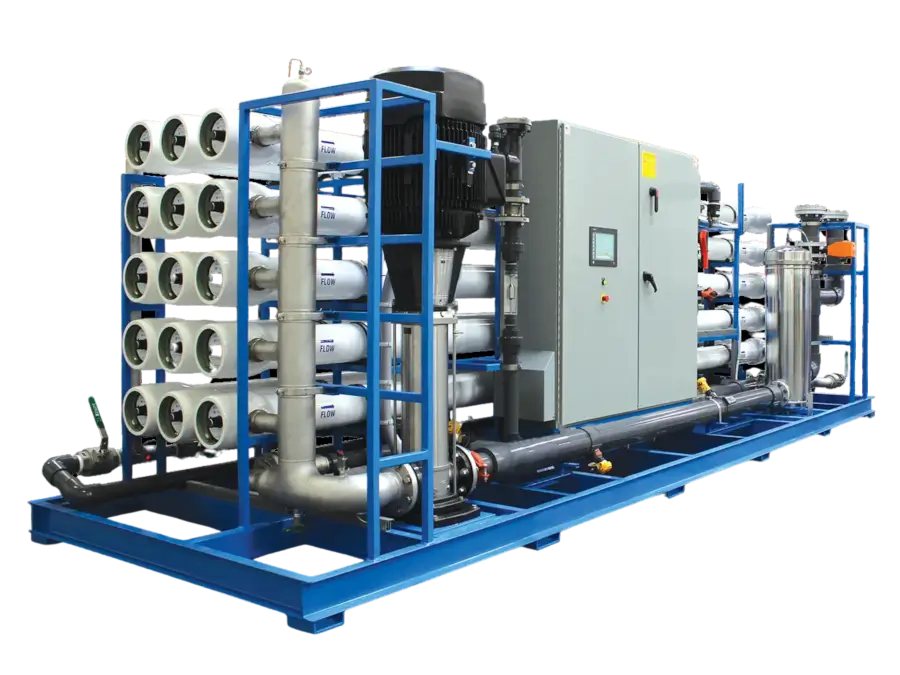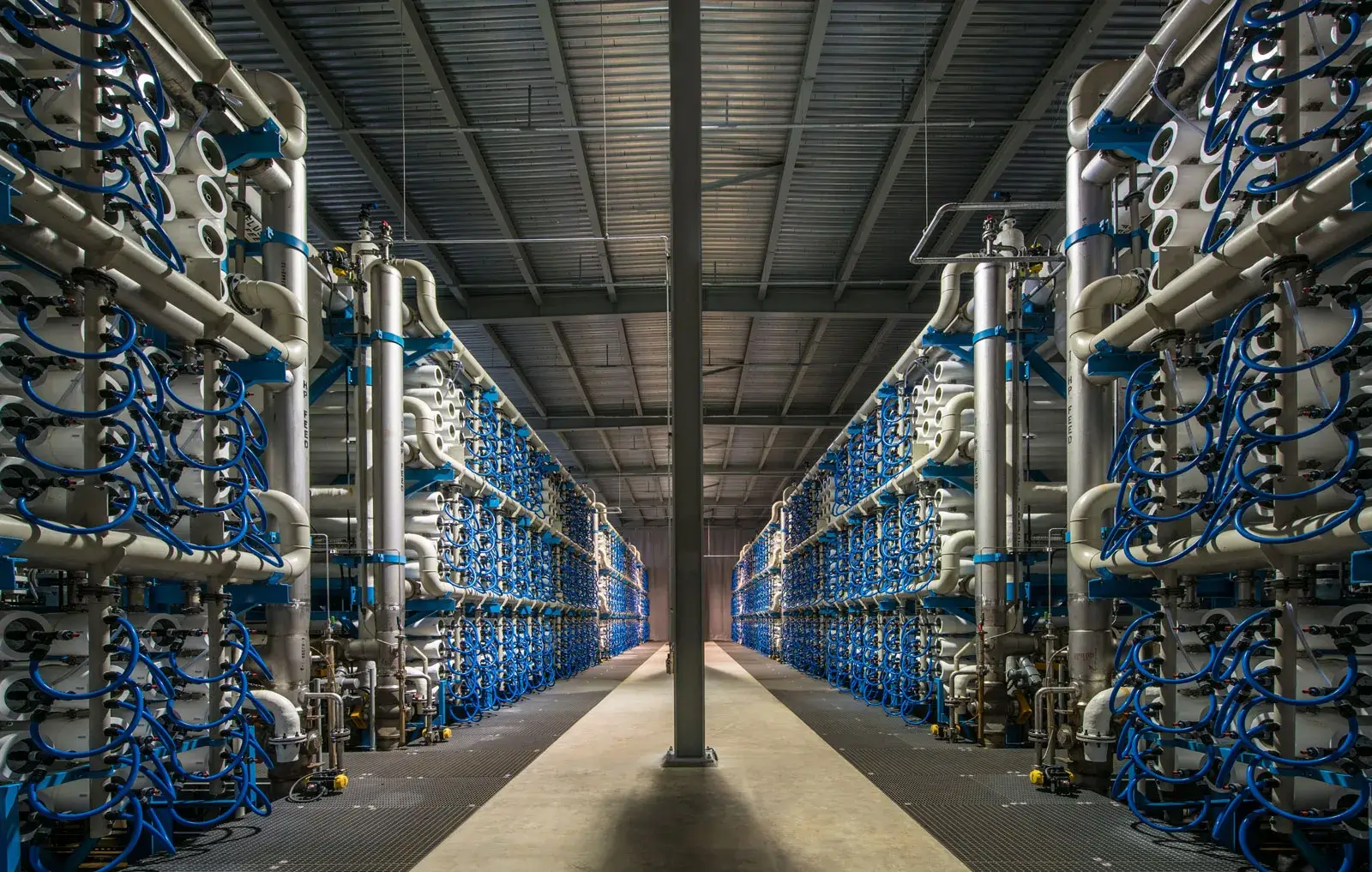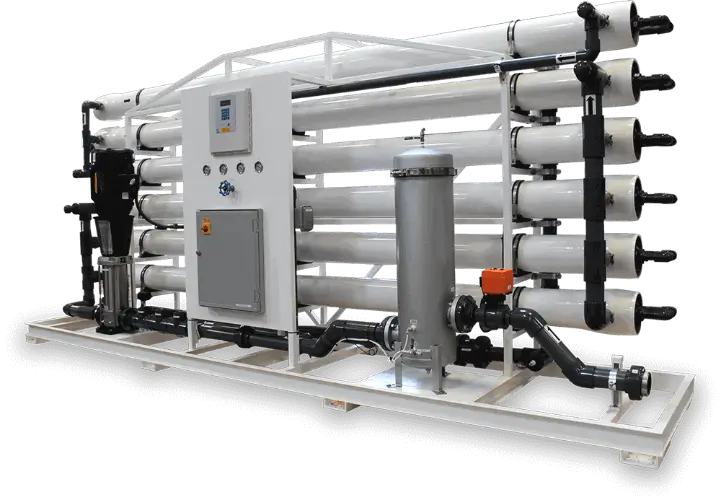
Reverse Osmosis
Reverse osmosis is a water purification technology that uses a semi-permeable membrane to remove dissolved solids from water. The membrane allows water molecules to pass through, but it rejects dissolved solids.
Reverse osmosis works by applying pressure to the water on the side with the higher concentration of dissolved solids. This pressure forces the water through the membrane, leaving the dissolved solids behind.
The amount of pressure required to overcome the osmotic pressure depends on the concentration of dissolved solids in the water. The higher the concentration of dissolved solids, the higher the pressure required.
Reverse osmosis is used in a variety of applications, including:
- Drinking water: Reverse osmosis is used to remove dissolved solids from drinking water, such as salts, minerals, and bacteria. This makes the water safe to drink and improves its taste.
- Industrial water: Reverse osmosis is used to remove dissolved solids from industrial water, such as boiler feedwater and cooling water. This prevents scaling and corrosion and improves the efficiency of industrial processes.
- Wastewater treatment: Reverse osmosis is used to remove dissolved solids from wastewater, such as brine from desalination plants and industrial wastewater. This makes the wastewater safe to discharge and can be reused for irrigation or industrial purposes.
- Food and beverage processing: Reverse osmosis is used to remove dissolved solids from food and beverage products, such as juices, soft drinks, and beer. This improves the taste and quality of the products.
Reverse osmosis is a versatile water purification technology that can be used in a variety of applications. It is a reliable and effective way to remove dissolved solids from water, making it safe to drink, use, and reuse.


Here are some additional benefits of reverse osmosis:
- It can remove a wide range of contaminants, including salts, minerals, bacteria, viruses, and organic compounds.
- It is a relatively efficient process, requiring less energy than other water purification methods.
- It can be used to produce high-quality water that meets strict purity standards.
However, reverse osmosis also has some drawbacks:
- It can be a relatively expensive process, especially for large-scale applications.
- It can produce a brine waste stream that must be disposed of properly.
- It can remove some beneficial minerals from water, such as calcium and magnesium.
Overall, reverse osmosis is a versatile and effective water purification technology that can be used in a variety of applications. It is important to weigh the benefits and drawbacks of reverse osmosis before deciding whether it is the right water purification method for your needs.

